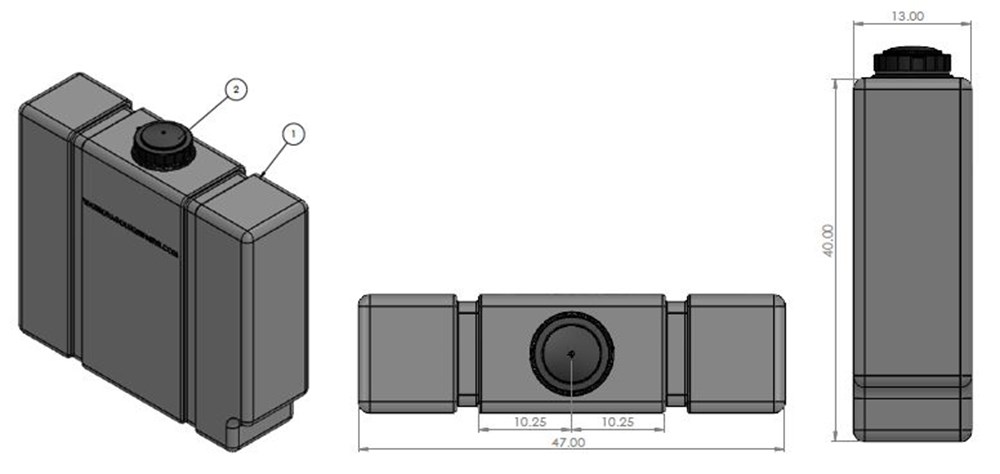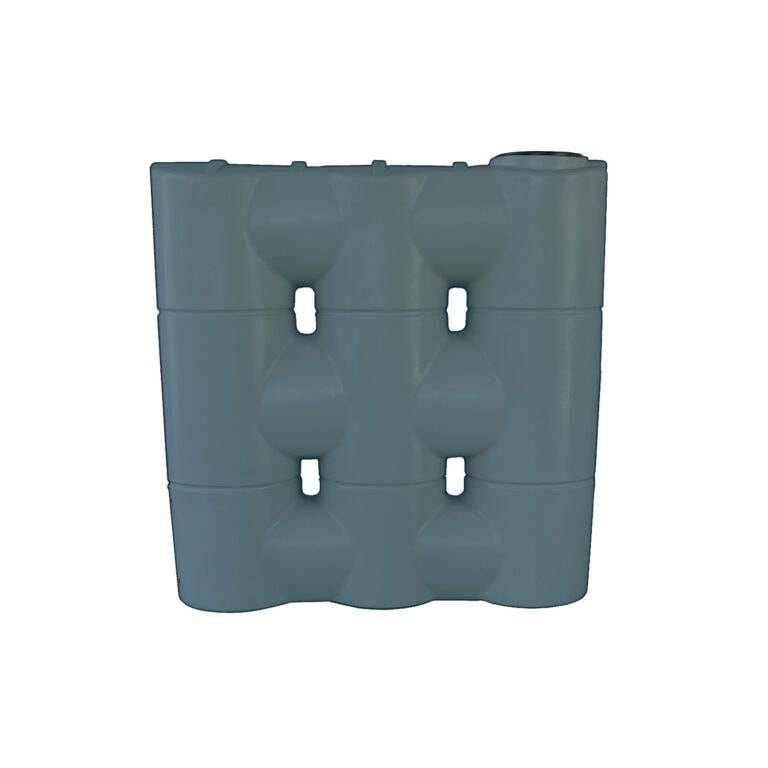Economical Slimline Water Tanks: Enhance Your Rainwater Harvesting
Wiki Article
Understanding the Importance of Rainwater Tanks in Drought-Prone Regions for Water Protection
In areas at risk to extended droughts, the function of rainwater tanks in bolstering water protection is a topic of expanding significance. As neighborhoods grapple with the difficulties of water deficiency, recognizing the importance of these tanks exceeds mere collection of rain. Rain tanks act as an important tool in reducing the impact of water shortages by providing a sustainable resource of water for different demands. However, real value of rainwater tanks extends much past plain storage; it incorporates resilience-building steps and the promotion of long-term water preservation methods. This diverse method to water protection warrants a better examination of the function rain tanks play in making certain a reliable water supply throughout times of drought.Advantages of Rain Tanks
Using rain storage tanks supplies a sustainable service for enhancing water and enhancing water safety and security in property and industrial setups. One of the main advantages of rainwater storage tanks is their capacity to lower dependency on mains water. By capturing and keeping rain that falls on rooftops, this alternative source can be used for various non-potable purposes such as irrigation, flushing bathrooms, and cleaning clothes. This not only saves cured drinking water but likewise decreases water costs for customers.
Rainwater Harvesting Strategies
Rainwater harvesting techniques encompass a range of methods designed to successfully collect and store rainwater for different functions, contributing to water conservation and sustainability. One more prominent strategy is the usage of above-ground or below ground storage tanks to store rain for later usage.
Furthermore, rainfall yards and absorptive sidewalks are innovative techniques that involve landscape design or paving surface areas in a manner that enables rain to percolate right into the ground, replenishing groundwater books. In addition, shape farming and terracing are agricultural practices that assist record rain and stop soil disintegration in uneven surface. By executing these varied rainwater harvesting methods, areas can boost water protection and resilience in drought-prone regions while promoting sustainable water administration methods.
Relevance of Water Security
Making sure reliable access to tidy and sufficient water sources is paramount for maintaining human health, economic advancement, and ecological well-being. Water safety is a critical element of social resilience, particularly in areas vulnerable to dry spells and water scarcity. Sufficient directory water security incorporates different dimensions, consisting of availability, top quality, and ease of access of water for residential, agricultural, industrial, and ecological needs.Water safety plays an important duty in promoting public health by minimizing the prevalence of waterborne illness and ensuring hygiene facilities. Financially, water security is necessary for agricultural efficiency, commercial operations, and general financial development. Slimline water tanks. Water protection is very closely connected to ecological sustainability, as it sustains environments, biodiversity, and general eco-friendly equilibrium.
In drought-prone regions, water safety comes to be much more critical due to the increased threat of water shortages. Implementing strategies like rain harvesting, water recycling, and reliable water administration methods can dramatically enhance water safety and security in these areas. By prioritizing water safety and security, neighborhoods More about the author can much better hold up against the influences of climate change, populace growth, and other difficulties that endanger water accessibility.
Enhancing Water Durability
With enhancing global water obstacles, developing resilience in water supply has come to be a vital focus for lasting advancement initiatives. Enhancing water strength entails applying approaches to make certain water schedule and top quality when faced with altering environmental problems, such as droughts, floodings, and contamination.One trick element of improving water resilience is promoting making use of rain storage tanks in drought-prone regions - Slimline water tanks. Rainwater containers function as an efficient means of catching and storing rainwater for later usage, decreasing reliance on limited freshwater sources during completely dry durations. By integrating rainwater harvesting systems right into water administration plans, areas can enhance their capability to hold up against water scarcity and keep water safety

Sustainable Water Conservation
Amidst rising water challenges, the prudent management of water resources through sustainable conservation methods is necessary for making certain long-term environmental security and societal health. Sustainable water preservation involves the reliable use water sources to fulfill existing demands without endangering the capacity of future generations to fulfill their own needs. By carrying out approaches such as rain harvesting, greywater recycling, and water-efficient technologies, communities can minimize water wastefulness and minimize stress on freshwater sources.Moreover, sustainable water conservation techniques contribute to ecosystem health and wellness by keeping sufficient water degrees in rivers, lakes, and marshes, supporting biodiversity, and protecting all-natural habitats. These methods additionally play an essential duty in mitigating the effects of environment adjustment by aiding to adapt to altering rainfall patterns and water schedule.

Conclusion
To conclude, rain tanks my link play a vital duty in enhancing water safety and strength in drought-prone areas. By using rainwater harvesting strategies, communities can reduce their dependence on traditional water sources and promote lasting water preservation techniques. This not only helps reduce the impacts of water deficiency during droughts however also adds to lasting water protection and resilience in the face of climate modification difficulties.Report this wiki page